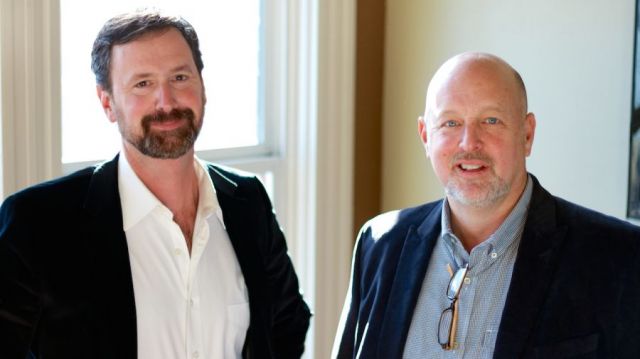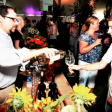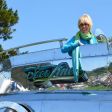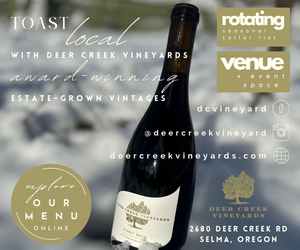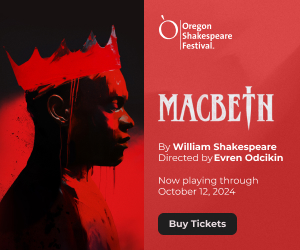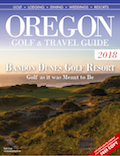
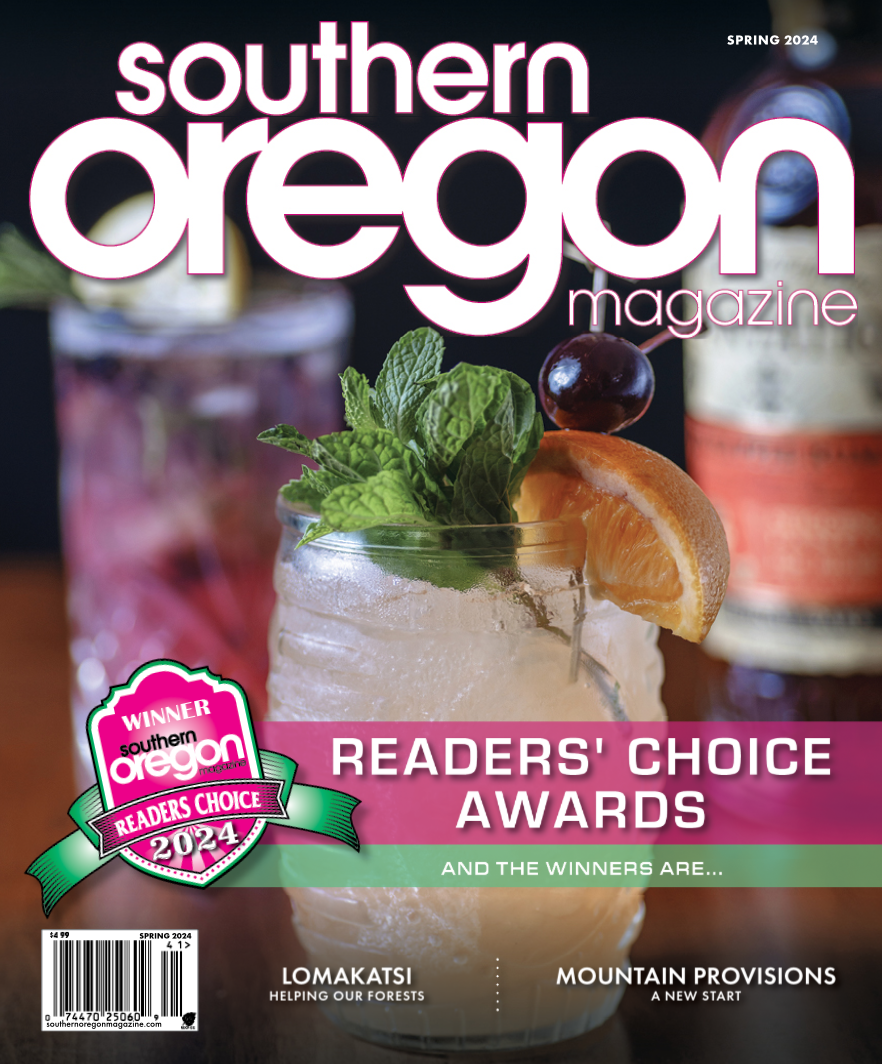
 Spring '24 Issue - Best Of Winners Announced & More
Spring '24 Issue - Best Of Winners Announced & More 
Tuesday, July 14, 2015
Film - A River Between Us
A River Between Us
A story of restored hope
Story by Sandy Cathcart
Few people in Southern Oregon realize that the longest water war in American history is right here on our doorstep along the banks of the Klamath River. Here neighbors rose up against neighbors and cultures clashed, leaving families staring at broken dreams and lost hope. A new film, A River Between Us, explores this history and delivers a call to action to heal the river and the people who love it.
It all started with the building of several dams along the 263-mile stretch of water that begins in the Upper Klamath Lake in Southern Oregon and ends on the coast of Northern California. Later, a drought led to water rights disputes between local farmers, ranchers, native tribes, anglers, irrigators, conservation groups and state politicians. When neighbors could not settle between themselves, the federal government stepped in, bleeding the river of needed water that led to the largest salmon kill in the history of the American West. Over 70,000 adult Chinook salmon died the following year.
Former senator, avid fly fisherman and now film producer Jason Atkinson remembers a time when steelhead were so plentiful that shirts were sold with the slogan, “Steelhead Capital of the World.” The slogan and shirt are long gone, as are the steelhead.
Atkinson has a life-long relationship with the river. Five generations of his family have been raised along the Klamath River banks enjoying its bounty and life-giving song. The Klamath is a river of beauty, trusting its caretakers to keep it healthy, but that trust was violated time and again until at last the spiritual thread shattered and broke the hearts of the people who live beside it.
The river sang on, but the song was a mournful one of bitterness and hate. Thirty years of bad blood between neighbors produced anger, fear and distrust that undermined the river’s communities for decades, leaving little hope of resolution.
But then things began to change, and neighbors who were once divisive and bitter started listening to one another, coming together on common ground of their love for the river and desire to raise their children in the traditions of their forefathers. Tremendous healing has taken place.
“If you heal people, they will heal the river,” says Atkinson. “Including people in small communities in national policy decision is critical for us to do conservation in this century. It doesn’t need to be partisan or divisive. The farmers and ranchers and tribal friends who live closest to the river are the ones who care the most in this situation.”
Leaders of different groups and associations who couldn’t even talk with one another sat down together and produced a plan. They formed three sister agreements. The goal was simple: end 100 years of water war. It was a three-way deal: 1) Farmers get water and certainty in their power rates and the ability to plan; 2) Tribes get a return of fish and a healthy river, which benefits everyone; and 3) PacifiCore gets liability protection, because for the plan to work, the dams would have to go.
“One of the biggest misnomers is that these dams have something to do with agriculture,” Atkinson says. “They don’t.”
The agreements have been through many stages. The only thing stopping them now is getting the White House to come alongside, but the White House is several thousand miles away on the other side of the country. How can the decision makers there possibly understand the needs of river people in Southern Oregon and Northern California? Don Gentry, Chairman of the Klamath Tribes, feels it is critical for legislation to move forward this year so that the benefits of the agreements can be realized.
Atkinson says, “People figured out how to take care of things themselves and showed us all how to be big again. If we can succeed in the Klamath Basin, we can succeed anywhere.”
After years of trying to reach the White House through politics, Atkinson is now taking a different route. He has created a film with a dynamic message to let people know of what has happened and what could happen along the banks of the Klamath River.
A River Between Us isn’t about fish or water rights or even a 40-year water war,” Atkinson says. “It’s about the harm people do to each other, and by extension, the damage people have done to one of this country’s greatest wild rivers. Most importantly, this documentary provides a solution and a call to action to end this generations-old conflict and take part in the largest restoration project in American history. Our goal is to provoke the White House into taking part.”
The message is one we all need, whether we live along the banks of the Klamath River or in the heart of a city. There is hope for going forward in this country. By talking with and listening to one another, we can be big again.
Chief Seattle once said, “The rivers are our brothers, they quench our thirst.” Rivers have long been considered the source of life in cultures throughout the world. Perhaps that’s because a spiritual thread flows through a river straight to the depths of our souls. A River Between Us shows what happens when that spiritual thread is broken, but it also shows the hope of restoration when steps are taken to heal people who in turn will heal the river. A river runs between us. It’s our choice to make it a river of healing.
A River Between Us will be played at music festivals throughout 2015 and will be released nationally this fall.
Events & Promotions
Apr
26
Apr
27
Apr
28
Central Point
Charlee Prayers & The Double Dares play Rellik
Charlee Prayers & The Double Dares play Rellik
Apr
29
May
03
Gold Hill
Del Rio Vineyard Dinner in the Vineyard Spring edition OREGON FEAST
Let's celebrate Oregon Wine Month. Join us for an evening of wine ...



